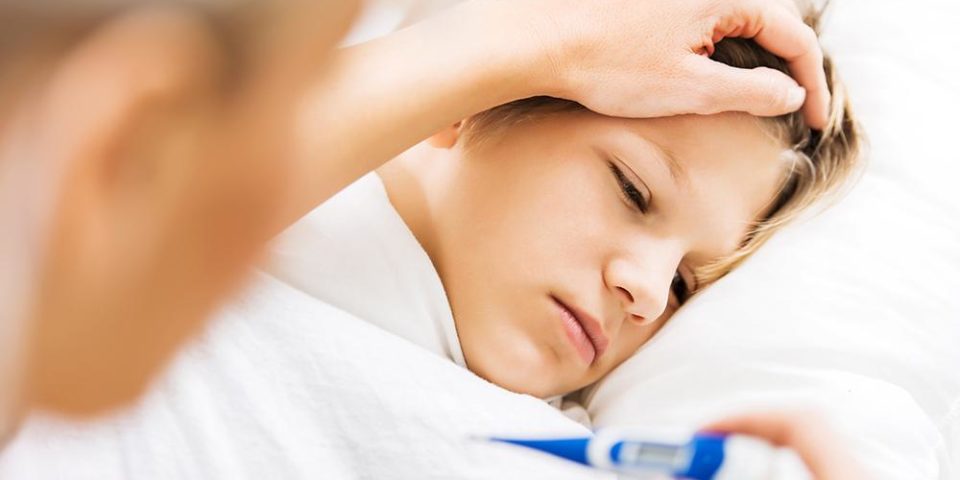What you need to know about the COVID-19 related illness that’s affecting children
There is a rare COVID-19 related illness that is affecting children, and parents are wondering how concerned they should be. Infectious disease pediatric physician Anna-Kathryn Burch, MD, said we should all be aware of it and explained what is known about this illness so far.
“There isn’t a direct cause that has been found yet, but we in the medical community feel that it’s associated with post viral infections,” said Dr. Burch. “It’s an inflammatory response that the body has. It’s a cross between Kawasaki’s disease and toxic shock syndrome.”
Kawasaki’s disease symptoms include:
- Fever for at least five days
- Lumps underneath your neck, or lymphadenopathy
- Rash
- Red eyes, or conjunctivitis
“Kawasaki’s disease is something you see, most of the time, after a viral infection,” Dr. Burch said. “Typically, Kawasaki’s disease presents in children age 5 or younger. The difference we’re seeing with this COVID-19 associated inflammatory response is that it can go up into teenagers, which is atypical for Kawasaki’s.”
Dr. Burch said kids could also look a little sicker and might have to go into the ICU. “The thing to remember is that in both of these diseases, the majority of children fully recover.
If your child has these symptoms, what should you do?
Dr. Burch said symptoms typically show up at least 3-4 weeks after a COVID-19 exposure or infection. You want to contact your pediatrician immediately if your child:
- Has had fever for more than several days
- Looks severely ill, where you’re having a hard time communicating with them or they’re not answering questions appropriately.
- Is listless so that you’re having a hard time waking them up.
“That is an emergency and you need to take them to the ER right away,” said Dr. Burch.
How can you protect your child from getting the virus?
Dr. Burch said it’s important to go back to the basics.
- Wash your hands for 20 seconds. “When you wash your hands, make sure you’re wiping your hands off before you turn off the faucet, and you’re using a paper towel to turn the faucet off so you’re not re-infecting your hands.”
- Use hand sanitizer that includes at least 65% alcohol.
- Wear masks in public. “The masks we wear don’t necessarily protect you from other people. What it does is protect other people from you. That’s why it’s important that everyone wear masks, because you can expose others.”
Dr. Burch said it’s also important to be in tune with your body and constantly check your symptoms and those of your child for COVID-19.
“Do you have any kind of fever? Do you have cough or GI symptoms? Just making sure that you’re in tune with your body is the most important thing you can do to protect yourself and your child.”
Dr. Burch said nausea, vomiting and diarrhea have become common symptoms in children. “Some of the newer things we’re seeing are a loss of sense of smell and taste. Some people only have that and nothing else,” she said.
It’s also likely a child will have no symptoms at all. “That’s why it’s so important when you’re out in public to wear that mask because you might think that you have no symptoms and you don’t have COVID-19, but you really might have it and you might be exposing everybody else that you’re around.”
Need care today?
Use an E-Visit for quick, convenient care. Just go online, answer questions about your symptoms and submit.
Get Care Now

